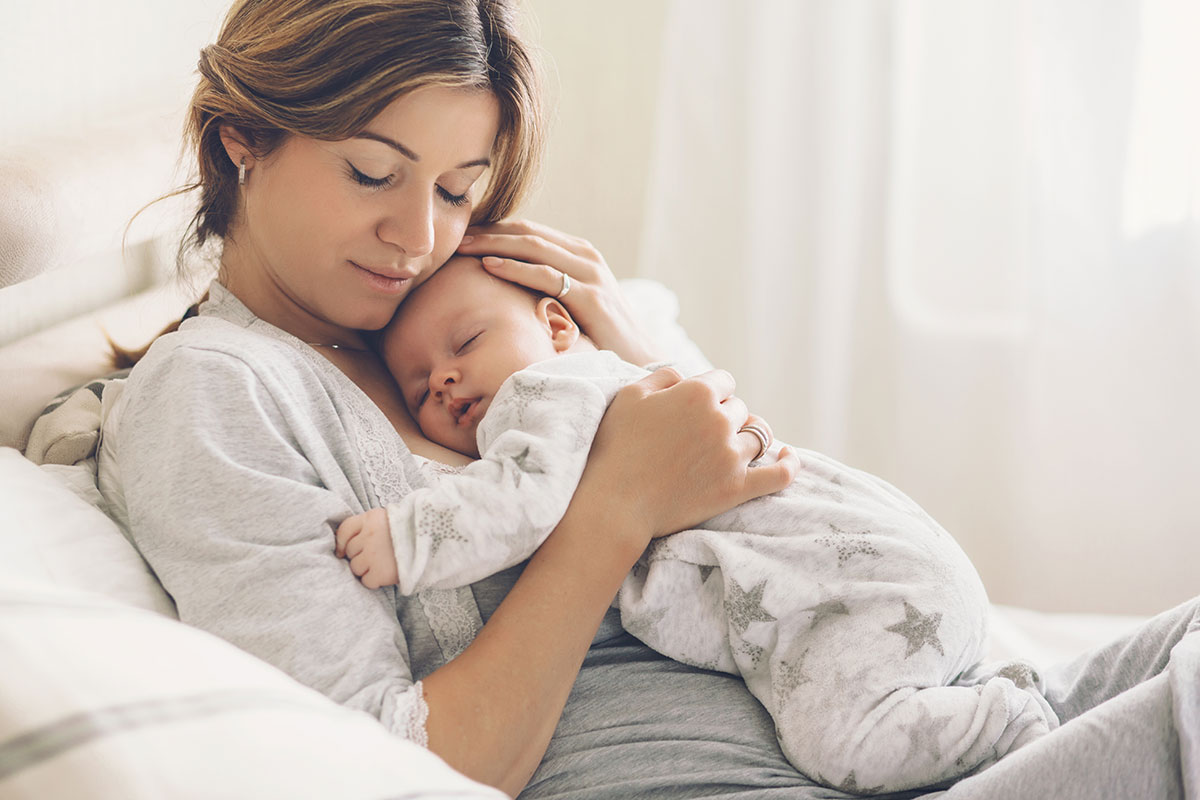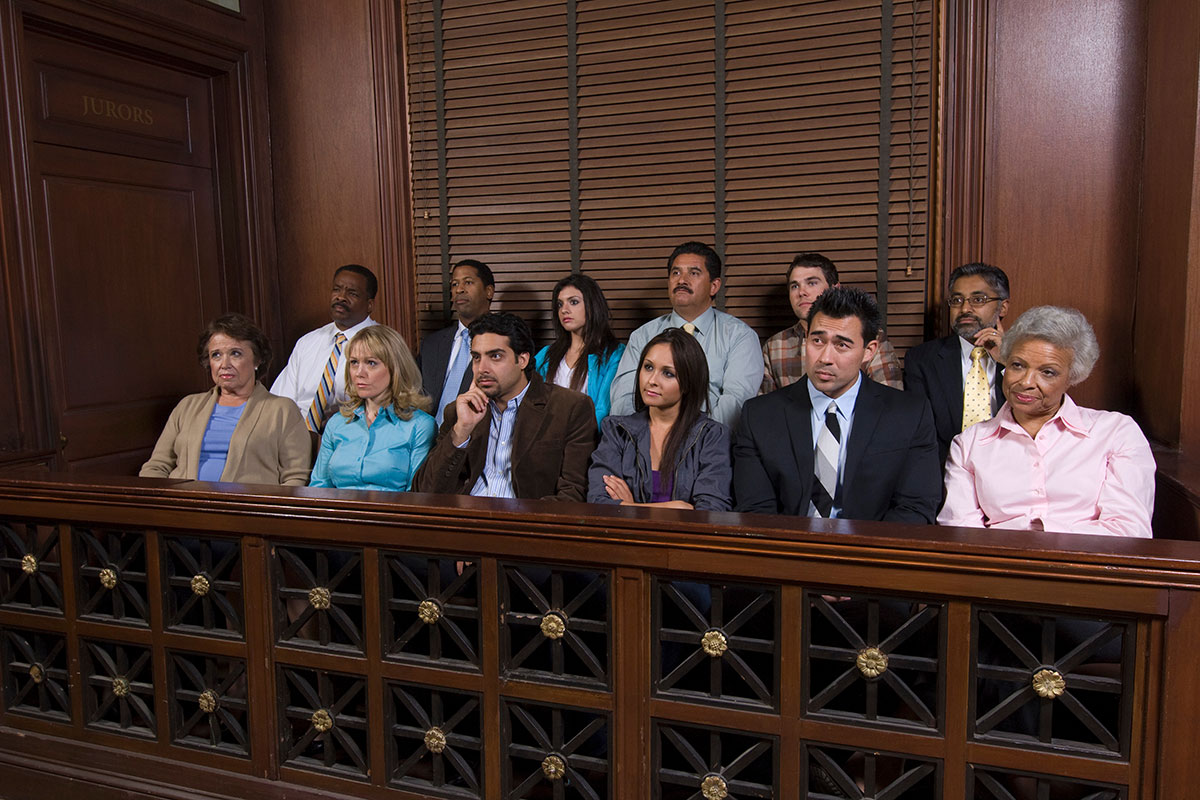
Getting your child to bed at a decent time can be tough. When daylight saving time ends (officially at 2 a.m. on Sunday, Nov. 3) and clocks get set back an hour, bedtime can become even more difficult.
Many parents wonder what happens to a child’s body during daylight saving time. According to Dr. Daniel Lewin, associate director of sleep medicine at Children’s National Hospital, “The adjustment to daylight saving time differs by age group and by chronotype or their preference for morning or evening activities, based on the Morningness-Eveningness Scale for Children.”
For example, most teens are naturally evening chronotypes, according to Lewin, while most young children are morning chronotypes.
Lewin has provided five foolproof tips to help make the transition easier and safer for everyone in your family
- Increase total sleep time before any type of sleep disturbance is anticipated.
- A gradual shift in the sleep schedule one to two days before a change in clock time is optimal. For example, a 10- to 15-minute adjustment each day for young children, such as planning for a slightly later bedtime, can help them prepare.
- Increase exercise, eat healthy and eliminate caffeine intake (this can include soda and coffee) in the days before a schedule adjustment.
- Turn off electronics and dim lights in the evening, especially for adolescents. Amplified bright light in the morning, particularly during the dark morning hours, can also be helpful for waking up.
- Pay attention to a teen’s sleep schedule. We know they struggle with going to bed early and waking up early, which can impact their focus. Keep a teen driver off the roads if they’ve had less than eight hours of sleep per night on consecutive nights.
Daniel S. Lewin, Ph.D., DABSM, is a pediatric psychologist, sleep specialist and licensed clinical psychologist. He is board-certified in sleep medicine and behavioral sleep medicine and is the associate director of the Pediatric Sleep Medicine, as well as director of the Pulmonary Behavioral Medicine Program, at Children’s National. He is also an assistant professor of pediatrics at the George Washington University School of Medicine and Health Sciences.




